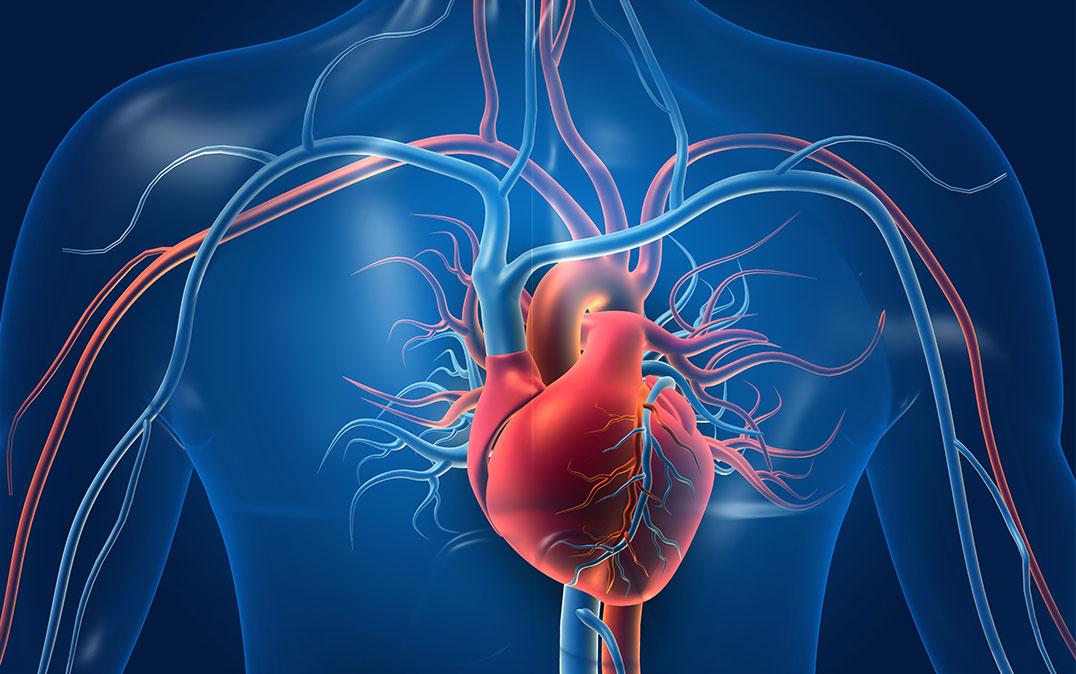Research News
Innovative Mouse Model Pumps New Blood into Study of Pediatric Heart Disease
 Image by Explode/Shutterstock
Image by Explode/ShutterstockResearchers from University of Tsukuba, Japan, collaborating with scientists from Germany, develop a mouse model for restrictive cardiomyopathy and uncover the underlying mechanisms of the disease
Ibaraki, Japan—Severe childhood restrictive cardiomyopathy is a condition that causes the muscles in the walls of the heart to become stiff, so that the heart is unable to fill properly with blood. A mutation in a protein called BAG3 is known to result in restrictive cardiomyopathy, muscle weakness, difficulty taking in enough oxygen, and damage to multiple peripheral nerves, often shortening the patient's lifespan significantly. Until now there has been no successful model for the disease, making it extremely difficult to study.
However, researchers in Japan and Germany have now created a mouse model that mimics the human pathology, allowing the disease to be studied more easily. The team's data suggest that the restrictive cardiomyopathy caused by BAG3 mutation changes the process by which damaged proteins are broken down and removed. This causes proteins to build up in the cells, disrupting the cardiac muscle.
The team was able to express a human version of the mutant BAG3 protein in mouse cardiomyocytes, the cells that make up the heart muscle. "Our mouse model successfully mimicked the human disease," says lead author Assistant Professor Kenichi Kimura. "The mice had increasingly severe symptoms of heart failure and growth retardation starting shortly after birth, and only survived for around five weeks".
The team studied the heart tissue of the mice expressing the mutant human BAG3 protein, and uncovered changes to the protein quality control system, which ensures proteins are correctly folded, alongside increased levels of autophagy, a process by which damaged cells are removed and recycled. BAG3 is involved in the breakdown of proteins that have become damaged due to mechanical stress. The mutation that causes restrictive cardiomyopathy involves the alteration of just a single base in the DNA, leading to a leucine amino acid in the mutant BAG3 protein where there should be a proline.
The team showed that this leads to the mutant protein having reduced solubility and mobility, causing it to build up in the muscle cells. This causes fibrosis, or scarring, and results in the heart muscle stiffening and losing the ability to fully relax, meaning that the heart is unable to properly fill with blood. Moreover, in preliminary investigations using a technique to knockdown and reduce the mutant protein expression, the researchers were able to mitigate the disease symptoms in the mouse model.
Childhood restrictive cardiomyopathy is a rare but very serious disease. Hopefully, the knowledge provided in this study, and the establishment of a mouse model of the disease to support further research, will bring about the development of better treatments for children with this condition.
Original Paper
The article, "Overexpression of human BAG3P209L in mice causes restrictive cardiomyopathy," was published in Nature Communications at DOI: https://doi.org/10.1038/s41467-021-23858-7.
Correspondence
Assistant Professor KIMURA KenichiLife Science Center for Survival Dynamics, Tsukuba Advanced Research Alliance (TARA), University of Tsukuba (the University of Bonn at the time of research)
Related Link
Life Science Center for Survival Dynamics, Tsukuba Advanced Research Alliance (TARA)



